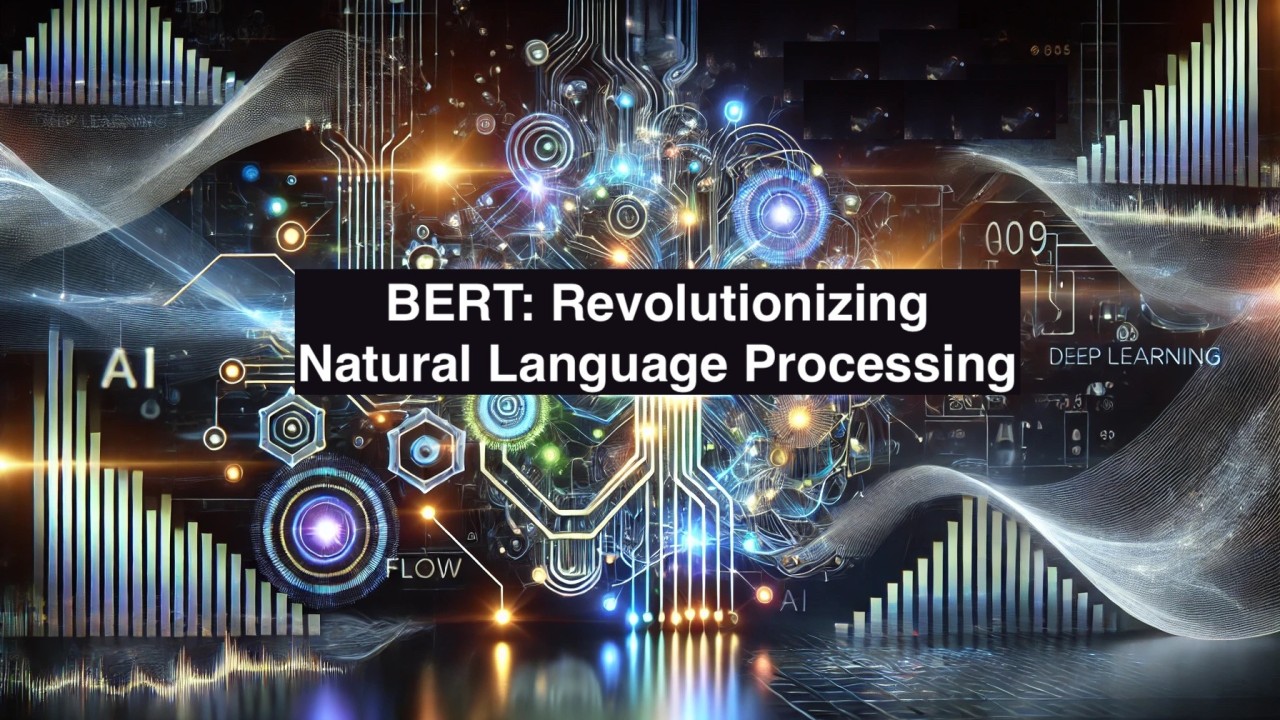
BERT: Revolutionizing Natural Language Processing Through Bidirectional Learning
Madan Agrawal
Co-founder @ Certainty Infotech || Partnering in building enterprise solutions...
BERT (Bidirectional Encoder Representations from Transformers) represents a significant milestone in natural language processing (NLP), introduced by Google researchers in 2018. This pre-trained language model has fundamentally changed how machines understand and process human language by introducing truly bidirectional context understanding.
Core Architecture and Innovation
BERT's architecture is built upon the Transformer encoder framework, but its true innovation lies in its bidirectional nature. Unlike previous models that processed text either left-to-right or right-to-left, BERT considers the entire context of a word by looking at both directions simultaneously. This bidirectional context awareness allows BERT to develop a much richer understanding of language and context.
The model comes in two main variants:
- BERT-Base: 12 layers, 768 hidden units, 12 attention heads (110M parameters)
- BERT-Large: 24 layers, 1024 hidden units, 16 attention heads (340M parameters)
Pre-training Process
BERT's pre-training process involves two innovative tasks:
1. Masked Language Modeling (MLM)
In this task, BERT randomly masks 15% of the tokens in each sequence and attempts to predict them. This forces the model to:
- Maintain a deep bidirectional representation of the context
- Learn complex relationships between words
- Develop a robust understanding of language syntax and semantics
The masking process is sophisticated:
- 80% of masked tokens are replaced with [MASK]
- 10% are replaced with random words
- 10% remain unchanged
2. Next Sentence Prediction (NSP)
This task involves predicting whether two sentences naturally follow each other in text. The model receives pairs of sentences and must determine if they are consecutive in the original document. This teaches BERT to understand:
- Relationship between sentences
- Document-level coherence
- Long-range dependencies in text
Fine-tuning Process
BERT's versatility comes from its fine-tuning capability, where the pre-trained model can be adapted for specific NLP tasks with minimal additional parameters. The fine-tuning process typically involves:
1. Task-Specific Input Preparation
- Converting the task's input into BERT's expected format
- Adding appropriate special tokens ([CLS], [SEP])
- Applying WordPiece tokenization
2. Task-Specific Output Layer
- Adding a simple output layer for the specific task
- For classification: single linear layer with softmax
- For token-level tasks: linear layer for each token
3. End-to-End Training
- Fine-tuning all parameters of BERT
- Using task-specific training data
- Typically requiring fewer epochs than training from scratch
领英推荐
Applications and Performance
BERT has demonstrated exceptional performance across various NLP tasks:
1. Question Answering
- Achieved state-of-the-art results on SQuAD
- Excels at extracting precise answers from text
2. Natural Language Inference
- Strong performance on GLUE benchmark
- Effective at understanding relationships between sentences
3. Named Entity Recognition
- High accuracy in identifying and classifying named entities
- Robust performance across different domains
4. Text Classification
- Superior results in sentiment analysis
- Effective for topic classification and categorization
Impact and Limitations
1. Strengths
- Rich bidirectional context understanding
- Effective transfer learning capabilities
- Robust performance across various NLP tasks
- Scalable architecture
2. Limitations
- Computationally intensive training process
- Maximum sequence length limitation (512 tokens)
- Challenges with very long-range dependencies
- Potential bias in pre-training data
Future Directions
BERT has spawned numerous variations and improvements:
- RoBERTa: Modified pre-training process
- DistilBERT: Compressed version for efficiency
- ALBERT: Parameter-efficient variation
- Domain-specific BERTs for specialized applications
The model continues to influence the development of new architectures and approaches in NLP, serving as a foundation for many modern language models.
Final Thought
BERT represents a pivotal advancement in NLP, introducing effective bidirectional learning and establishing new benchmarks across various language tasks. Its success has influenced the development of numerous subsequent models and continues to be relevant in both research and practical applications. Understanding BERT's architecture, pre-training, and fine-tuning processes is crucial for anyone working in modern NLP.
Certainty Infotech (certaintyinfotech.com) (certaintyinfotech.com/business-analytics/)
#BERT #NLP #MachineLearning #TransformerModel #DeepLearning #GoogleAI #LanguageModel #ArtificialIntelligence #BidirectionalEncoder #NLPTransformers